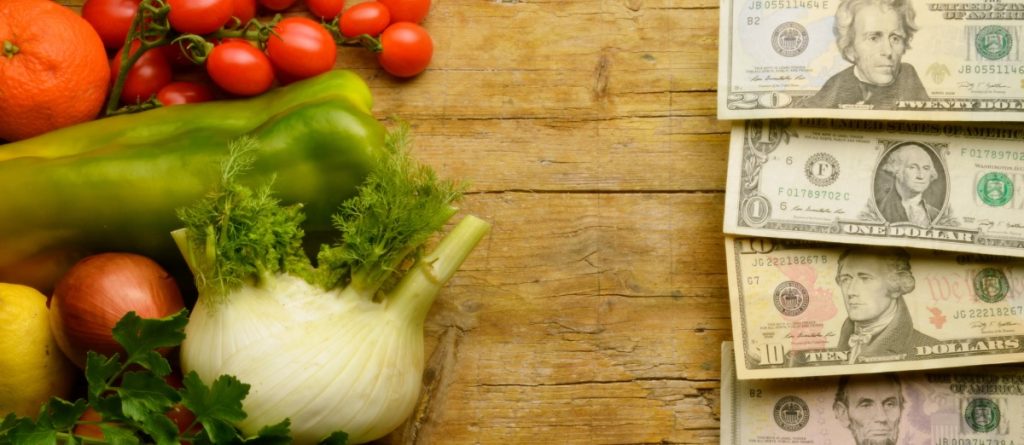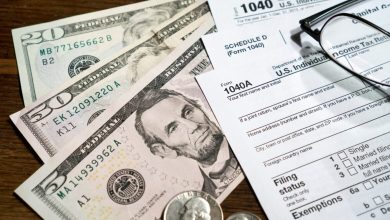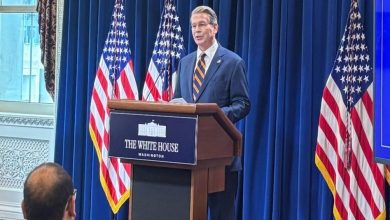Food Prices in the U.S. Remain High Under Trump’s Presidency
Rising grocery costs continue to pressure American families as inflation and tariffs drive food prices upward.

Since President Donald Trump took office in January, food prices in the United States have remained high, with many basic goods recording further increases. Federal estimates suggest that food inflation will continue throughout this year, according to Newsweek.
Data from the U.S. Department of Agriculture (USDA) shows that the Food Price Index rose by 0.3% from May to June, making it 3% higher than June 2024. The USDA projects food prices will rise another 2.9% in 2025 and an additional 2.7% in 2026.
Impact on American Families
Experts stress that these price increases directly affect U.S. households, since food represents a major portion of daily spending. A survey conducted by the AP-NORC Center revealed that 53% of Americans consider grocery costs a major financial burden, forcing many to switch to cheaper brands and smaller package sizes.
Price tracking by NBC shows notable increases compared to last year:
-
Eggs: up by $0.64
-
Chicken: up by $0.81
-
Red meat: up by $0.67
The USDA also warned of sharp volatility in egg prices this year, with swings up to 24.6%, while beef and veal are expected to rise by 8.8%.

Economic and Policy Factors
Economists point to a mix of Trump-era tariff policies and global factors — including weather patterns and supply chain issues — as key drivers of higher costs.
Kevin Thompson, CEO of 9i Capital Group, explained:“The average consumer doesn’t feel the drop in official inflation rates because they see higher costs directly in meat, poultry, eggs, and beverages.”
Outlook for the Coming Years
Despite Trump’s promises to lower food costs upon taking office, analysts say prices will only decline if production, shipping, and distribution expenses fall together — which has not yet happened. With tariffs still in place, experts expect U.S. consumers to face continued financial pressure, with food prices likely to remain high and potentially even more volatile in the near future.



